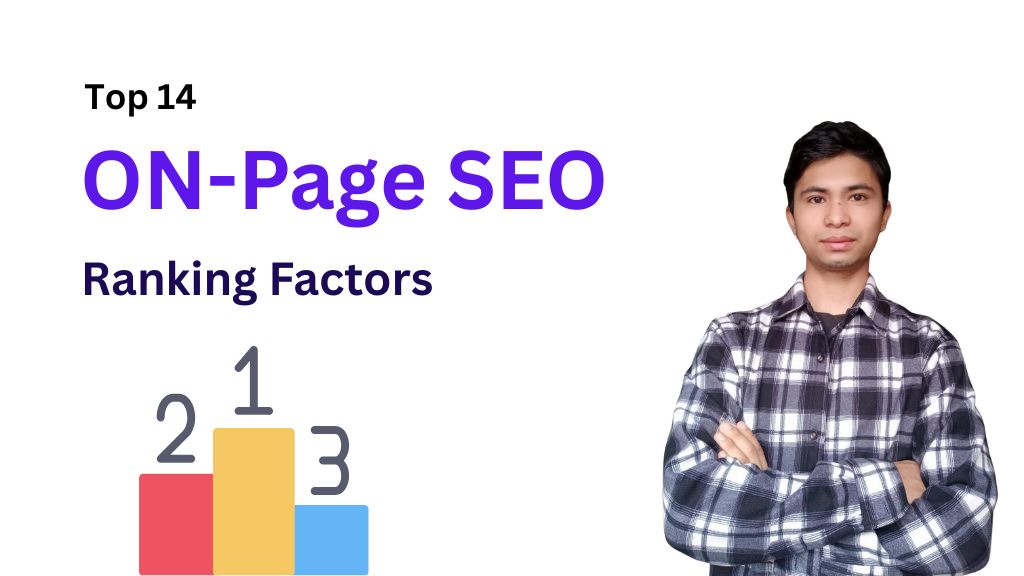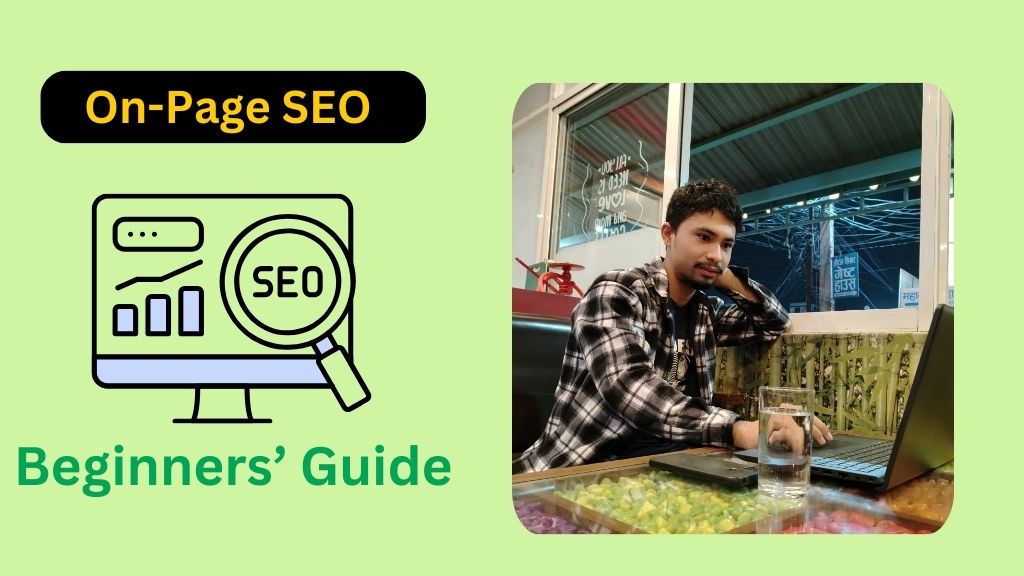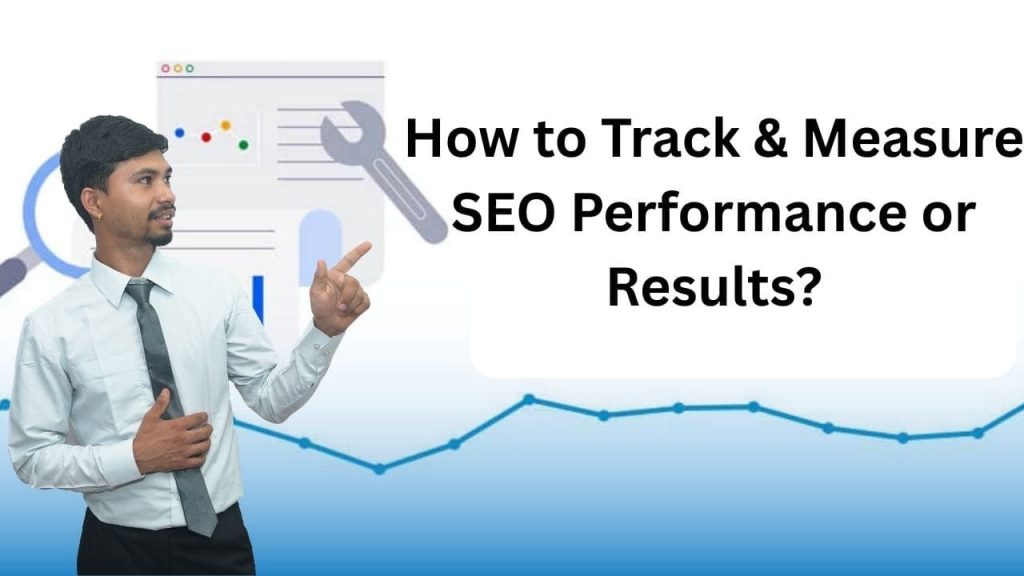If you are trying to make your website rank better on Google but feel lost in all the technical terms, don’t worry!
In this article, I explain the 14 most important on-site SEO ranking factors you should focus on, using simple words that even a beginner can understand.
This way, you can boost your ranking signals and get more people to visit your site through search engines like Google for Free.
So without delay. Let’s get started!
What Are the On-Page SEO Ranking Factors?
These ranking factors are elements on your webpage that you can optimize to improve its visibility and ranking in search engines like Google. These factors help search engines understand your content, determine its relevance to user queries, and assess its quality.
Some examples of important on-site SEO elements are:
title, headings, content, Inbound links, URL structure, optimizing images, and technical factors like Core Web Vitals.
Why It Important
Proper on-site SEO:
- Helps Google crawl and index your page better.
- Matches your content with what users are searching for.
- Enhances user experience (UX), leading to higher engagement.
- Increases your chances of ranking higher in search results.
14 On-Page SEO Ranking Factors
Here are 14 key On-Site (Page) SEO ranking factors that can help improve your website’s visibility on search engines:
1. Title Tag
The title tag is the headline that shows up on Google search results.
It’s one of the strongest ranking signals in on-site SEO.
A good title tells people (and Google) what your page is about.
It also makes people want to click on your page instead of others.

How to Optimize it:
- Use your main keyword near the beginning.
- Keep it under 60 characters, so it doesn’t get cut off.
- Add powerful words like “best,” “easy,” “guide,” or “2025.”
- Make sure every page has a unique title. (learn more)
Example of a good title:
2. Content Relevance
Content relevance means your page answers what the user wants.
If someone searches for “how to do off-site SEO,” your page should explain it clearly.
Google cares a lot about useful keywords and how well your content matches user intent.
How to Optimize Content Relevance:
- Use your primary and useful keywords early (in the first 100–150 words).
- Answer all related questions fully.
- Use simple language, lists, images, and videos to make it easy to understand.
- Add helpful Outbound links to trusted sites to support your points.
Example:
- If your page is about “Track SEO Performance,” it should also talk about Visibility and Ranking, Organic Traffic, Engagement and User Behaviour, Conversions, and more.
3. Headings (H1, H2, H3)
Headings are very important for making your page easy to read and understand.
They help organize your content so that both your visitors and Google can quickly know what your page is about.

How to use headings properly:
- Always use only one H1 tag on each page. This should have your main keyword in it, because it tells Google what the main topic is.
- Use H2 tags for your big sections or main ideas.
(Example: If you are talking about “Benefits of SEO”, that could be an H2.) - Use H3 tags for points that come under an H2.
(Example: Under “Benefits of SEO,” you could have “Better Traffic” as an H3.) - Make sure your headings are clear, short, and helpful so that readers easily know what they’ll read next.
Example of a good heading structure:
- H1: What are Links?
- H2: Why are links important?
- H3: Optimizing Your Link
4. URL Structure
Your website’s URL (the link) is very important.
A good URL helps both your visitors and Google quickly understand what your page is about, even before opening it.
How to create a good URL:
- Keep your URLs short and simple. Long and confusing URLs are hard to read and remember.
- Try to include your main keyword in the URL to make it more SEO-friendly.
- Always use hyphens (-) to separate words instead of using underscores (_).
(Example: Use Off-site SEO instead of Off_site_SEO) - Make sure your website is secure by using HTTPS.
(This is important for user trust and can also help your SEO ranking signals.)
Example of a good URL: https://sumanstha.com/13-content-writing-mistakes/
A clean, keyword-friendly URL looks professional and improves your SEO.
5. Internal Links
Internal linking takes visitors from one page of your website to another page on the same site.
They help people easily find more useful information and also help Google discover all your pages.

Why are they important?
- They improve user experience by helping visitors find more helpful content.
- They help Google understand your website better and crawl all your pages.
- They can also pass link authority (called “link juice”) to important pages, helping them rank higher.
How to use it properly:
- Add links from your popular pages to your new or important pages.
- Use keywords in the anchor text (the clickable text) instead of writing “click here”.
- Check and fix any non-working links regularly to keep your site healthy.
6. E-E-A-T (Experience, Expertise, Authoritativeness, Trustworthiness)
Google wants to show users content that is written by people who know what they’re talking about.
This idea is called E-E-A-T, and it’s very important if you want your website to rank well.
How to show E-E-A-T in your content:
- Add author bios that show the writer’s real experience and qualifications.
- Link to trusted and authoritative websites when you mention facts, studies, or important information.
- Always make sure your content is correct, updated, and original. Avoid copying content from other websites.
7. Image Optimization
Images make your content attractive, but can slow down your site if images are not optimized.
Optimizing images improves load speed, helps with Core Web, and can get your images to rank in image search.

How to Optimize Image Search:
- Use descriptive file names and alt text with primary keywords.
- Compress images to reduce size without losing quality.
- Use modern formats like WebP.
8. Core Web Vitals
Core Vitals are Google’s official way of measuring your site’s performance.
They affect both user experience and your ranking signals.
The three main Core Vitals are:
- Largest Contentful Paint (LCP): How fast your page loads.
- Cumulative Layout Shift (CLS): How stable your page is as it loads.
- First Input Delay (FID): How quickly your page responds to user actions.
How to Improve It:
- Use a fast server and a CDN to improve LCP.
- Set size attributes for images and videos to fix CLS.
- Reduce JavaScript to lower FID.
Use tools like Google PageSpeed Insights and Google Analytics to check your performance.
9. External Links and Outbound Links
External links (also called outbound links) are links that take your readers from your website to another trusted website.
Adding these links shows that you have done good research and that you are giving your readers extra helpful information.

Why are they important?
- They build trust with your readers because you are linking to reliable sources.
- They can boost your page’s credibility in Google’s eyes, which can help your SEO.
Example: If you write a blog about healthy food, linking to a government health site or a top news site about nutrition makes your article more trustworthy.
Tip:
Always link to trusted and high-quality websites (like government sites, universities, or top media companies).
10. Relevant Keywords
Keywords are the words and phrases people type into Google when they are searching for something.
Using relevant keywords in your content helps Google understand what your page is about.
How to use targeted keywords properly:
- Add your main keywords naturally into your headings, paragraphs, and image alt text.
- Don’t stuff keywords everywhere. Your writing should feel smooth and natural to readers.
- Use related words and phrases too, not just the exact keyword.
(Example: If your keyword is “digital marketing,” you can also use “online marketing” or “internet marketing” in your content.)
11. Schema Markup
It is a special code you add to your website that helps Google understand your content better.
It tells Google more details about your page in a way that is easy for Google to read.

With schema, you can highlight things like:
- Product information
- Reviews
- FAQs (Frequently Asked Questions)
- Events
When you use schema, your page can show “rich results” on Google, like star ratings for reviews or event times right under your listing.
Why It Important
- It helps your website stand out in search engine results.
- It can increase your click-through rate (more people will click on your link).
- It supports better ranking signals over time.
12. Duplicate Content
This content happens when the same or similar text appears on more than one page on your website (or other websites).
This can confuse Google and hurt your ranking signal.
How to avoid this problem:
- Always try to write original content. Make your articles unique and helpful.
- If you need similar content across pages, use canonical tags to tell Google which page is the main one.
- Instead of copying an old page, update the old page with fresh information. This keeps your site healthy and up-to-date.
13. Broken Links
These links are links that send visitors to a page that doesn’t work anymore, maybe because the page was deleted or moved.
When someone clicks on that kind of link, they usually see a “404 Page Not Found” error, which can be frustrating.
Why are they bad?
- They hurt the user experience because visitors can’t find what they were looking for.
- They lower your credibility because a website with many non-working links looks poorly maintained.
- They can reduce your ranking because Google prefers websites that work well and offer a good experience.
How to fix it:
- Regularly check your website for these links.
(You can use free tools online to help find them.) - Update or remove these as soon as you find them.
- If a linked page has moved, redirect the link to the correct new page.
14. Bounce Rate
It shows the percentage of visitors who leave your site after viewing just one page, without clicking anywhere else.
If your rate is very high, it could be a warning sign that something on your site needs to be improved.
Reasons for a high bounce:
- Your content might not match what visitors were looking for.
- Your page might load too slowly, causing people to leave before even seeing your content.
- Your website design or layout might make it hard for visitors to navigate or find what they need.
Why it matters:
- High bounce can send a bad signal to Google that users are not happy with your page.
- Low bounce can show that people are engaged and spending more time on your site, which can help your SEO.
How to lower the rate of bounce:
- Improve your content to make sure it’s exactly what visitors are searching for.
- Speed up your website loading time.
- Make your design clean and easy to navigate so visitors want to stay and explore more pages.
Final Conclusion
If you want better search rankings in 2025, you must focus on important on-site SEO factors.
Make sure you are working on the factors of On-site SEO.
Also, regularly monitor your site using tools like Google PageSpeed and Google Analytics.
By following these simple but powerful tips, your site will be ready to shine in SERPs and attract more traffic.
Stay updated because Google’s algorithm changes often. Keep learning, keep optimizing, and watch your online success grow!
FAQs
Here’s a concise and clear summary of SEO-related questions asked by users:
1. How can I check my SEO ranking?
Use tools like Google Search Console or online rank checkers. Simply enter your keyword and domain in the SERPs to see your current position. These tools provide insights into your website’s performance and visibility on search engines. (Google Search Console)
2. What are the top 3 SEO ranking factors in 2025?
The most important factors are:
- High-quality content: Ensuring your content is relevant, informative, and valuable to users.
- Website structure and security: A well-organized, secure (HTTPS) site that’s easy to navigate.
- SEO optimization: Proper use of keywords, meta tags, and mobile-friendly design.
3. How can I increase my SEO ranking?
To improve your rankings:
- Understand your audience: Know what your visitors are searching for.
- Use relevant keywords: Incorporate them naturally into your content.
- Update content regularly: Keep information fresh and up-to-date.
- Build backlinks: Get other reputable sites to link to yours.
- Optimize meta tags: Ensure titles and descriptions are clear and keyword-rich.
- Stay informed: Keep up with the latest SEO best practices.
4. How do I measure SEO rankings?
Key metrics to track include:
- Conversion rate: The percentage of visitors completing desired actions.
- Organic traffic: Visitors coming from search engines.
- Keyword rankings: Positions of your targeted keywords in search results.
- Click-through rate (CTR): How often users click on your search listings.
- Domain authority: A score indicating your site’s credibility.
- Time on page: How long visitors stay on your pages.
- Backlinks: Number and quality of external sites linking to you.



